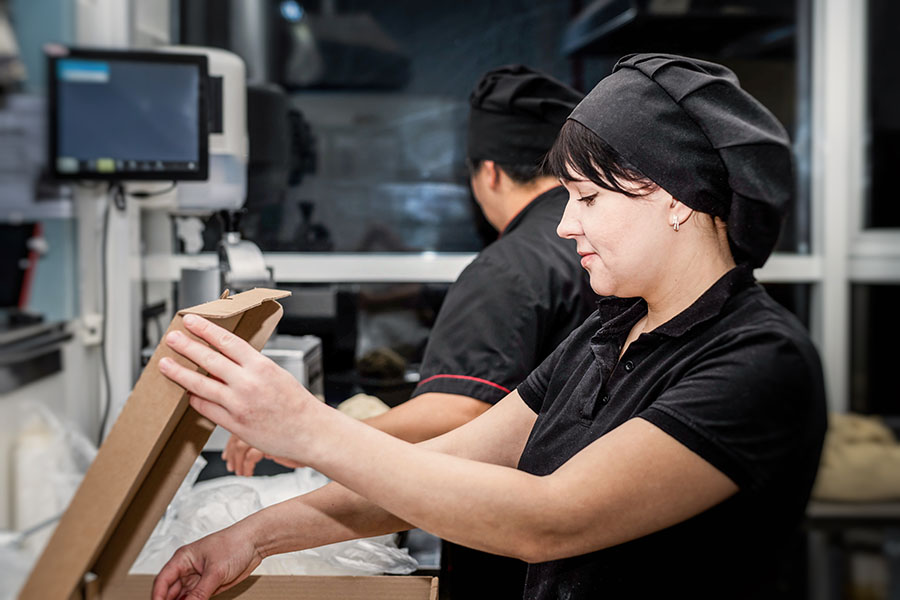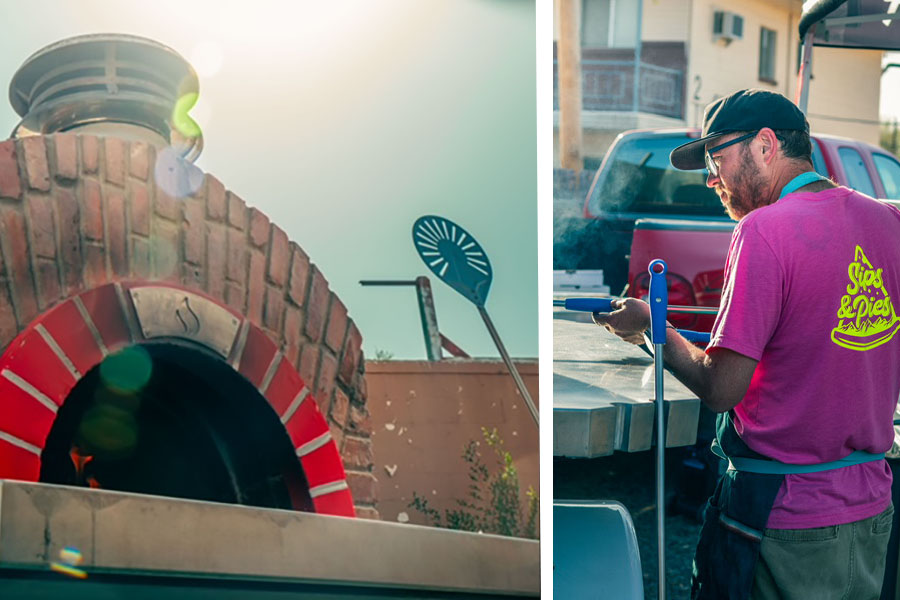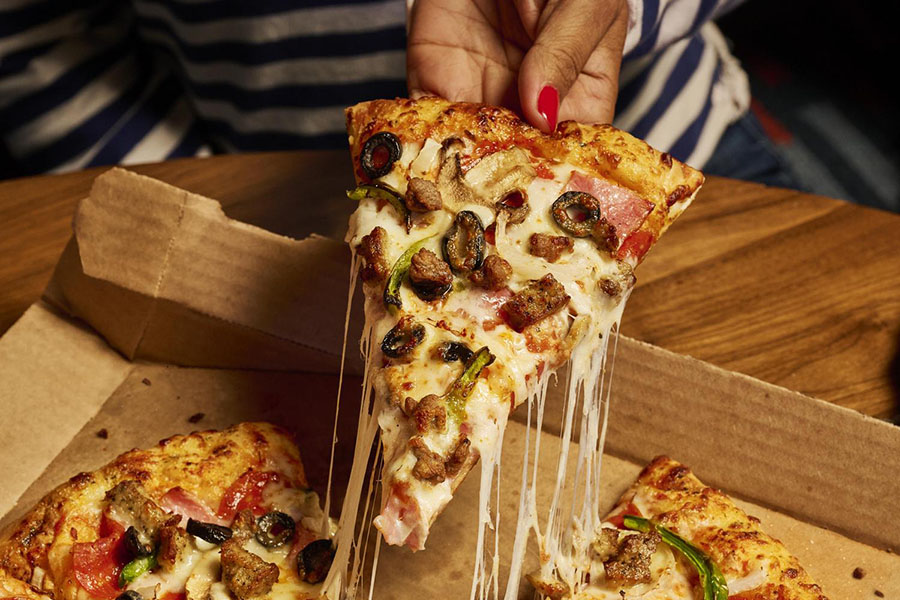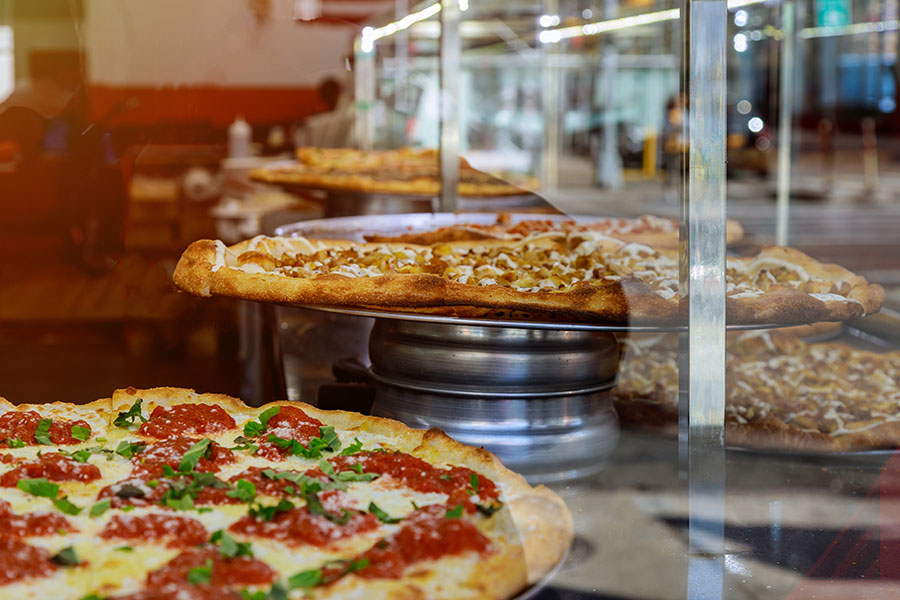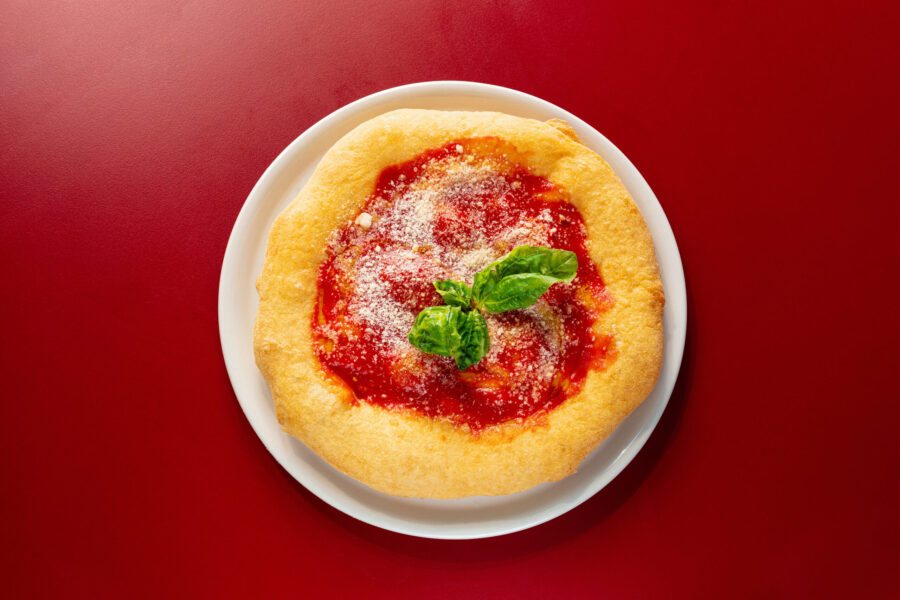 The Dough Doctor addresses dough formula, tossing technique and slice tips
The Dough Doctor addresses dough formula, tossing technique and slice tips
Q: We make our dough using one bag of flour with the rest of the ingredients portioned out in cup and tablespoon measures. Due to an increase in business, we need to make larger size doughs. How do we go about making a larger size dough without changing our recipe?
A: The easiest way to increase or decrease the size of your dough is to first convert it from a dough “recipe” to a dough formula based on weight measures rather than volumetric portions. By doing this, your dough will always be in correct balance regardless of how large or small you want to make it.
To make the change, begin by portioning out each ingredient as you normally would. Do this three times into three separate containers for each ingredient. And then, using a digital scale or balance with sufficient capacity, weigh each of the three portions for each ingredient, making sure to subtract the tare weight of each empty container. Make a note of the ingredient weights, divide the sum of the three weights for each ingredient and divide it by three to find the average weight for each ingredient. You have now successfully converted your recipe into a formula based on weight measures.
We’re not through yet, however. We still need to change these weights into percentages which will allow us to manipulate the size of the dough. To do this, divide the weight of each ingredient by the weight of the flour, keeping in mind that when doing this both the flour and the ingredient weight must be in the same weight-measurement unit (ounces, pounds, grams, kilograms, etc.).
For the most part I find it easiest to put everything into ounces. Once you have everything shown in the same weight measures, grab your calculator and divide the weight of each ingredient by the weight of the flour and multiply by 100. This will give you the percentage (in baker’s percent) of each ingredient. The total flour weight is always 100 percent. Once the formula is in percentages you can very easily change the size of the dough by first deciding how much flour you want to use. Remember that the new ingredient weights will be shown in the same weight measures that the flour is shown in. For this reason, I again like to show my new flour weight in ounces, but any other weight measures can be used. Begin by entering the new flour weight in the calculator and then press “x” and enter the ingredient percentage that you want the weight for, then press the “%” key and read the ingredient weight in the display window. Do this for each ingredient and you have your new sized dough formula in perfect balance.
Q: We are soon opening our new store and I’m having a hard time showing my employees how to open the dough balls without getting overly thin spots in the center of the dough skin. Is there an easier way to show my people how to open the dough balls?
A: I’m faced with that challenge all the time and what I do is to use a pie pin or rolling pin, or a dough sheeter/roller to partially open the dough to about three-fourths of the finished diameter. I then finish opening the dough to full diameter by hand stretching or tossing. This method results in a more even thickness across the center section of the pizza skin while still allowing for the edge to rise perfectly during baking. In my training programs I’ve been able to train someone who has never opened a dough ball into doing it quite proficiently in less than an hour. And as they continue to do it, their confidence builds to the point that they’re soon tossing the dough like a pro (well, sort of).
Q: We really fight to pull the dough out of the mixing bowl. I’ve seen you remove the dough in one of your videos and it looked like it came out in one piece for you rather easily. How did you do that?
A: The “trick” to removing the dough from the mixing bowl in one piece with minimum effort is to put the mixer into its slowest speed. After the dough has been mixed, then pour about an ounce of oil down the inside of the bowl allowing the dough to become lightly coated with the oil. Stop the mixer, remove the agitator and the dough should be easy to remove from the bowl in one piece.
 Q: We have a deck oven and want to offer pizza by the slice during the noon hour. How would you go about making the slices?
Q: We have a deck oven and want to offer pizza by the slice during the noon hour. How would you go about making the slices?
A: I would make a couple of pizza variations, such as sauce only, pepperoni and sausage. These would be par-baked and cut into slice servings and held in a heated display cabinet. When a slice is ordered by a customer, it is removed from the heated cabinet, and up to three additional toppings can be added. The slice is then lightly topped with shredded mozzarella or your favorite cheese blend. Shredded works better than diced in this application as it forms a net to hold the added toppings on the slice during baking. The slice is then placed into the oven to finish baking for about three minutes. It is then ready to serve fresh and hot.
Some things that you might want to keep in mind are:
- limit the number of toppings,
- use only precooked meat toppings,
- slice the vegetable toppings thin so they are more easily cooked during the reheat time.
In some instances we get some cheese or toppings that hang off the side of the slice, especially at the point. These have a tendency to scorch, so we use a pizza cutter to trim this off as the slice is plated. It sure beats pulling a wet, soggy slice out of a heated cabinet and handing it to the customer.
Tom Lehmann is a former director at the American Institute of Baking in Manhattan, Kansas and Pizza Today’s resident dough expert.

 The Dough Doctor addresses dough formula, tossing technique and slice tips
The Dough Doctor addresses dough formula, tossing technique and slice tips